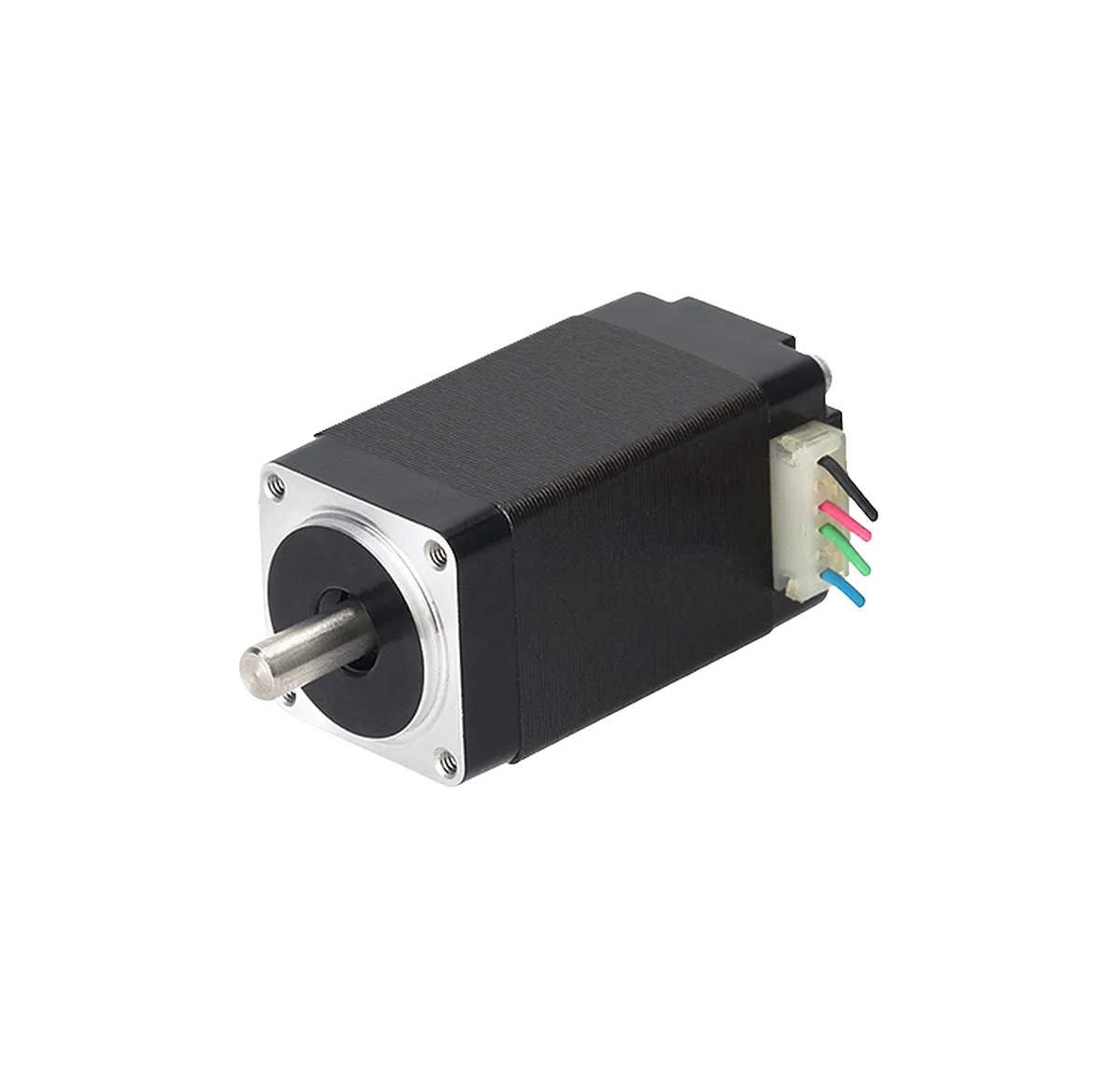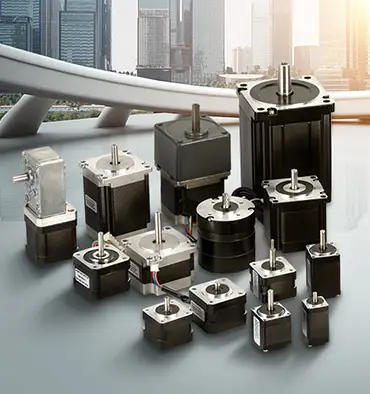What step angles are available for NEMA 8 motors?
As small precision stepper motors, NEMA8 stepper motors are used in a wide range of applications in small precision equipment. This article will take an in-depth look at the available step angles for NEMA8 motors, their importance, and the impact on their applications.
Understanding Stepper Motors
Before we dive into specific step angles, it's crucial to understand what a stepper motor is. Stepper motors are DC motors that move in discrete steps. They operate by dividing the complete rotation into many steps, and the position of the motor can be controlled to move and remain in one of those steps without any position sensor for feedback.
Meaning of step angle
Step angle is a key specification for stepper motors. It represents the angle at which the motor shaft rotates with each step. The step angle is inversely proportional to the number of steps in the motor: the higher the number of steps, the smaller the step angle of the motor, and vice versa. The step angle is the basic factor that determines the accuracy of a stepper motor. Smaller step angles allow finer control of the motor shaft rotation, resulting in higher positioning and speed control accuracy.
Step Angle for NEMA8 Motors
Typically, NEMA 8 stepper motors are available in two step angle configurations: 1.8 degrees and 0.9 degrees. The 1.8 degree step angle is the most common configuration for NEMA 8 stepper motors. This translates to 200 steps per revolution (360 degrees/1.8 degrees = 200 steps). This configuration provides an excellent balance between speed and positional accuracy, making it suitable for a wide range of applications.
Stepper motors with a 0.9-degree step angle have a higher accuracy of 400 steps per revolution. However, this higher accuracy comes at the cost of lower speed. This configuration is used in applications where accuracy is prioritized over speed, such as micro-positioning in scientific instruments, medical devices, and high-resolution printers.
Conclusion
NEMA8 stepper motors are mostly 1.8 degrees or 0.9 degrees, with different degrees adapted to different applications. The 1.8-degree stepping angle is suitable for most applications, while the 0.9-degree stepping angle is more accurate but slower, suitable for applications that require higher accuracy.


Leave a Reply